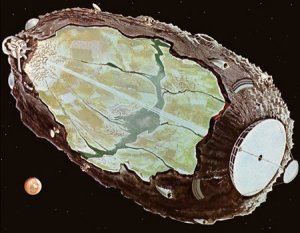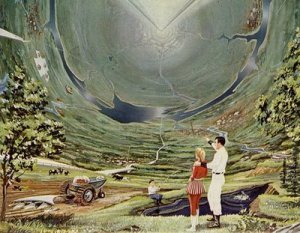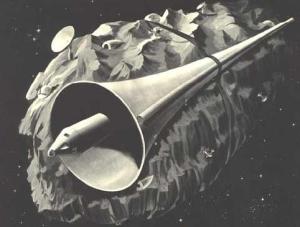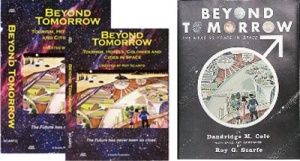In the last decade, the search for hazardous asteroids which might impact Earth has yielded an unexpected benefit. Astronomers have discovered a few dozen very small asteroids whose orbits around the Sun are similar to Earth’s. Round trip missions to these asteroids are therefore much easier than to previously known Near Earth Asteroids, and roughly as easy as landing on the Moon. These asteroids represent a new potential destination for near-term human space exploration. Since favorable mission opportunities occur only a few times per decade, it probably would not be prudent to focus the human spaceflight program exclusively on asteroid exploration and develop new spacecraft customized for asteroid missions. Instead, asteroid exploration should be conducted in parallel with other missions such as Lagrange point visits or lunar landings, using common spacecraft designed for multiple types of missions. The authors have investigated the feasibility of conducting an asteroid mission that would complement NASA’s lunar exploration architecture, using the launch vehicles and Orion spacecraft which would be used for lunar exploration. The proposed mission concept, called Plymouth Rock, combines a pair of Orion spacecraft with only modest modifications to provide the necessary propulsion, living space, and life support capability for two astronauts. Human asteroid missions have many of the same functional requirements as lunar landings, so that complementary asteroid and lunar missions may be feasible even if the lunar exploration architecture changes from the current plan.
We have concluded that the dual-Orion configuration can probably support deep space mission durations of five to six months. Longer missions are constrained by radiation exposure, volumetric packaging limits for life support consumables, and the small habitable volume available. There are at least three opportunities between 2015 and 2030 when such a mission could be performed. These occur in 2019-2020, 2028, and 2029. All of the asteroids in question are small, between 5 m and 50 m in diameter. The number of opportunities is increasing as more asteroids are discovered. A dual-Orion configuration probably represents the minimum
capability necessary to perform an asteroid mission. Several additional mission opportunities to larger asteroids would be feasible for an upgraded spacecraft with a larger propulsion system. Desire for enhanced capabilities, such as a larger crew size and improved extravehicular activity (EVA) support may drive the need for a larger spacecraft. One of the two Orion spacecraft could be modified into an Orion Deep Space Vehicle with a larger habitat module suited for deep space operations rather than reentry.
By sending astronauts to explore these asteroids and bring back samples for study on Earth, we can learn about the formation and evolution of our solar system. We can improve our understanding of the threat to our planet from asteroid impacts, develop the practical knowledge needed to protect ourselves if necessary and even test this capability. We could also assess the feasibility of harnessing asteroid resources for a growing human civilization. If performed prior to the next lunar landing, a mission like Plymouth Rock can support lunar exploration plans by proving out the launch vehicles, spacecraft, and many of the operations for a lunar mission before the lunar lander is ready, much as the Apollo 8 mission did in 1968. A mission to an asteroid would also be valuable practice for a trip to Mars. Progressively more challenging asteroid missions provide an opportunity to incrementally develop expertise needed for long missions in deep space, without the leap in cost, complexity, duration, distance, and radiation exposure required for a Mars mission.
Of course theres a bit of a problem with all this, the Orion spacecraft does not exist and is no longer supported by the Obama administration.;
Note: Trent Waddington blogs regularly on asteroid missions and is worth following.










